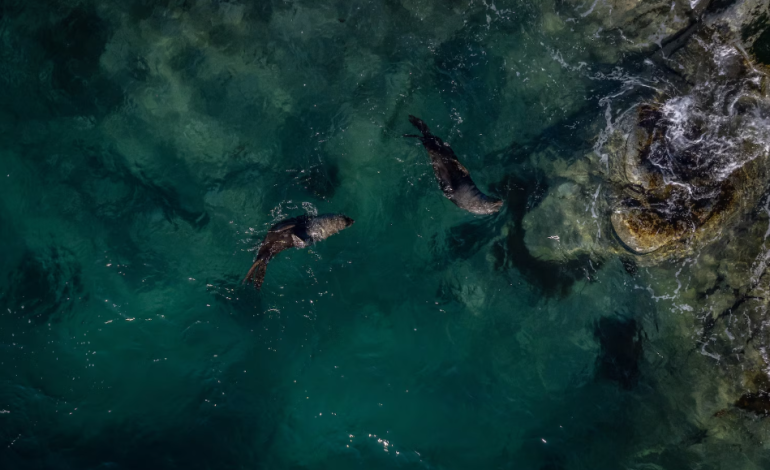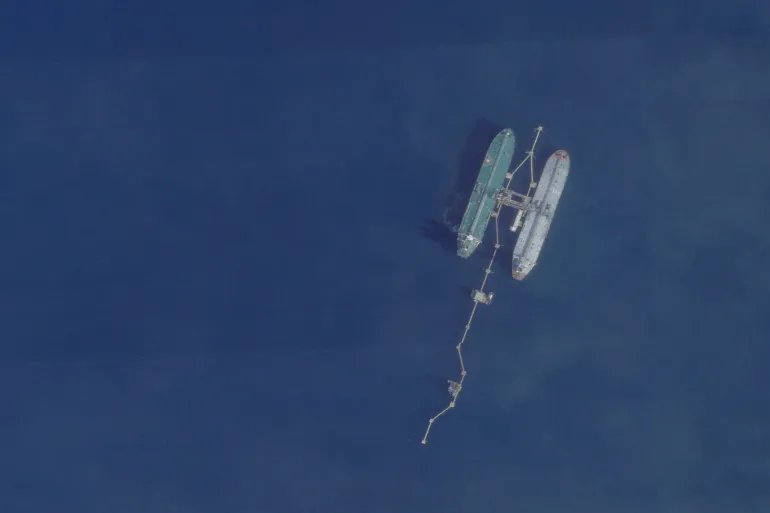Warming Seas Are Changing Ocean Colors, Raising Questions for Marine Life and Human Communities

New research shows that the world’s oceans are undergoing a noticeable shift in color, a trend scientists say is closely tied to warming sea temperatures and may have significant implications for marine ecosystems and communities that depend on them, ABC News reports.
A study published in the journal Science analyzed satellite data from 2003 to 2022 and found that ocean waters near the poles are becoming greener, while regions closer to the equator are turning bluer. The change is linked to variations in the concentration of chlorophyll, a pigment produced by microscopic marine organisms known as phytoplankton.
Phytoplankton, which use chlorophyll for photosynthesis, give ocean water a green tint when present in large numbers. Where phytoplankton are scarce, the water appears bluer.
“The ocean has been warming, so there’s a big question then about, what are the biological consequences of the ocean warming?” said Susan Lozier, dean of the College of Sciences at the Georgia Institute of Technology and co-author of the study.
Lead author Haipeng Zhao explained that the distribution of phytoplankton—and therefore the color of the ocean—has shifted in response to warming temperatures. Satellite imagery shows increased greening at higher latitudes, especially in the Northern Hemisphere, and an intensifying blue near the equator, indicating a reduction in chlorophyll concentrations in tropical waters.
The researchers used analytical tools borrowed from economics, such as the Lorenz curve and the Gini index, to measure how chlorophyll distribution has changed over time. They found a clear correlation between rising sea surface temperatures and shifts in chlorophyll levels, while other variables like wind speed and light availability did not show significant impact.
However, the study’s authors caution against attributing these changes solely to climate change, noting that satellite records are relatively recent and other natural climate cycles may also play a role.
“We haven’t been able to observe the ocean for decades and decades, just because the satellite technology is pretty new,” Lozier said.
Despite the uncertainty, the findings are significant. Phytoplankton form the base of the marine food web, supporting fish populations and, ultimately, human communities. A continued decline in phytoplankton near the equator could shift the distribution of fisheries, with potential consequences for nations that rely on fishing for food security and economic stability, particularly in low- and middle-income regions.









The latest news in your social feeds
Subscribe to our social media platforms to stay tuned